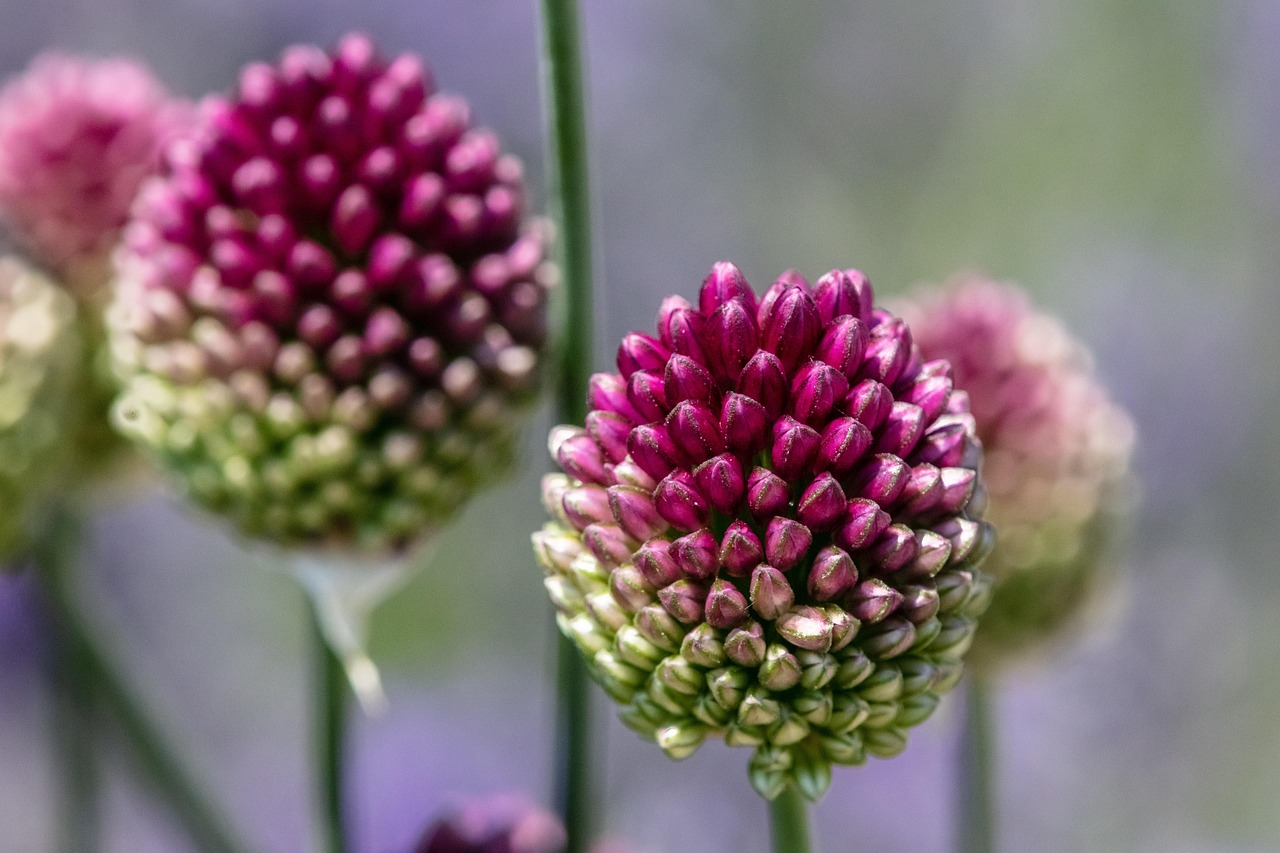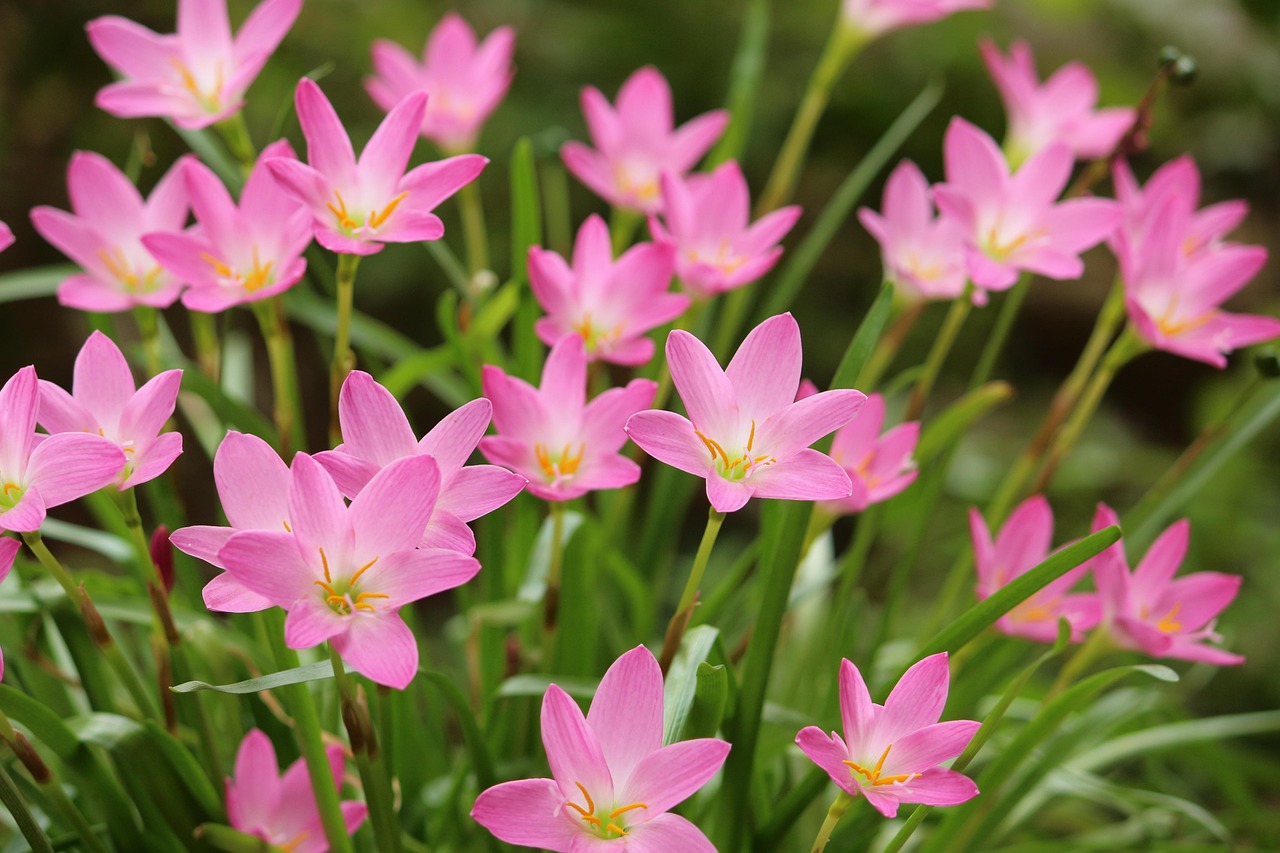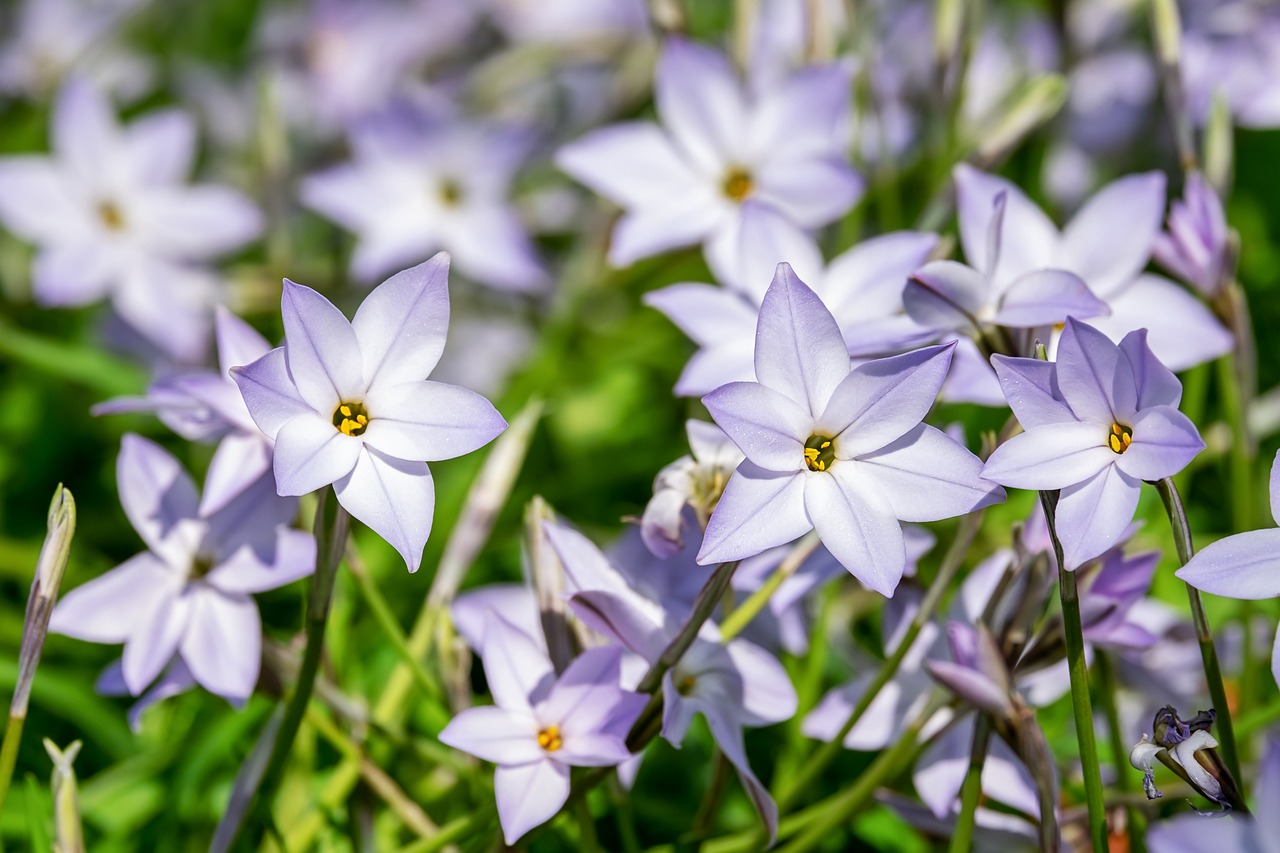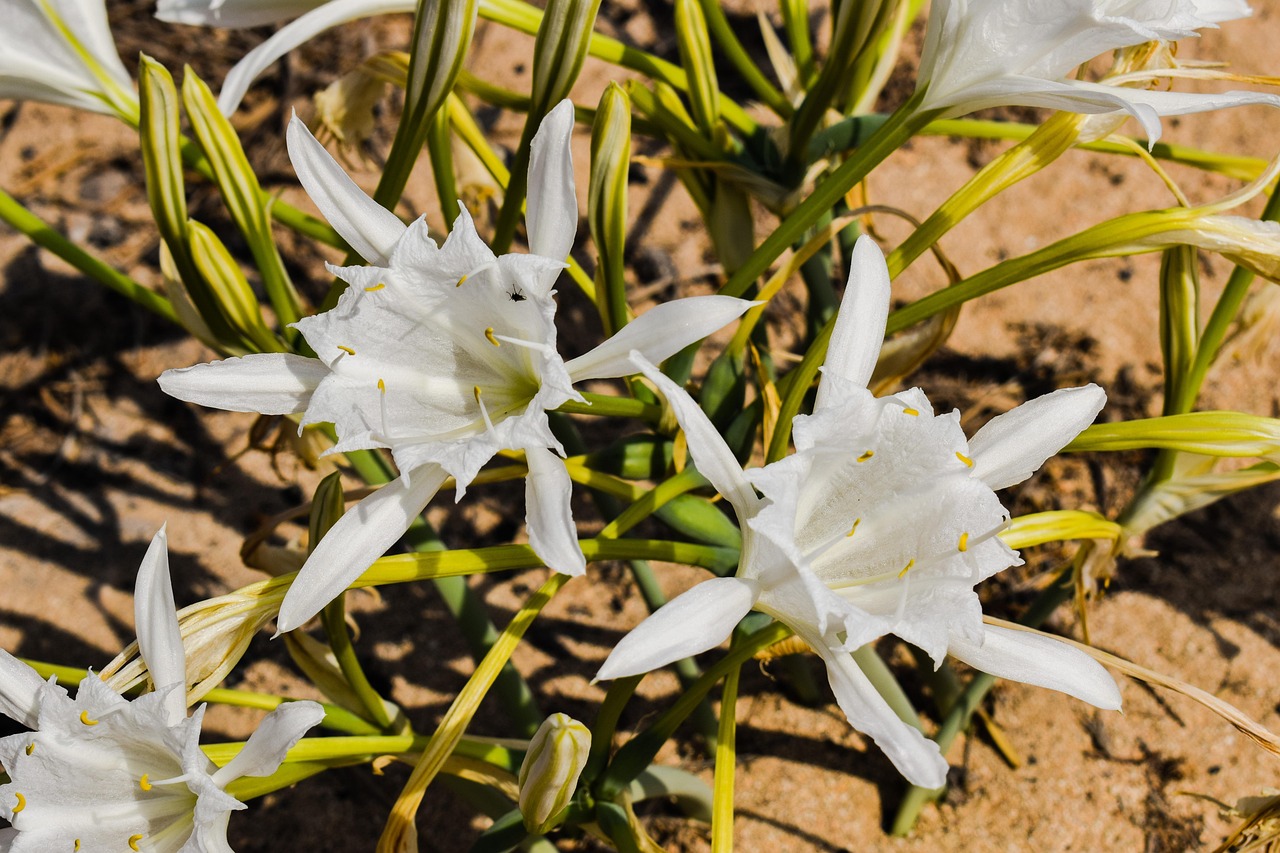Hiroha-no-Amana | A White Flower Announcing the Arrival of Spring in Snow Country
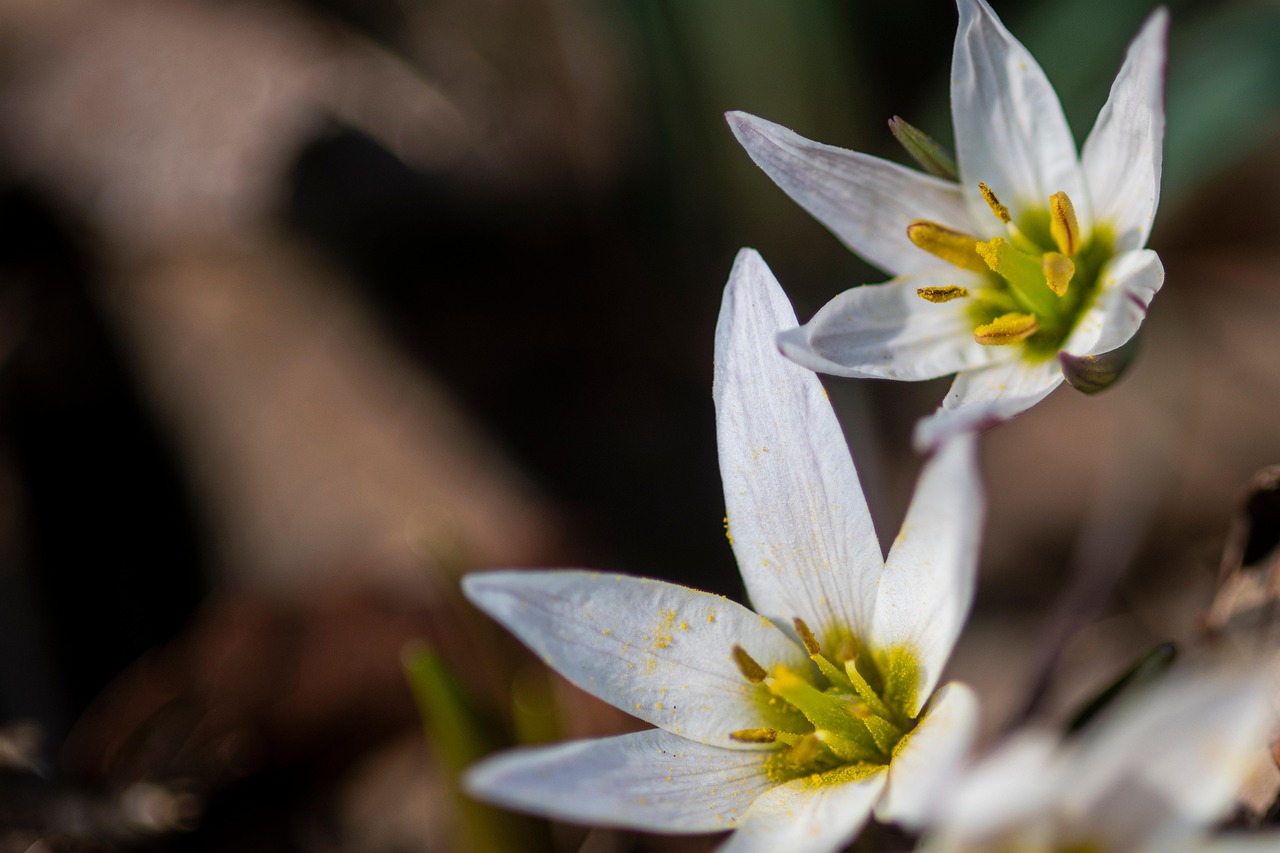
The Hiroha-no-Amana is a bulbous plant with delicate white petals marked by fine purple veins.
When it blooms in early spring, its appearance brightens the still-chilly ground with quiet beauty, and it is also cherished as a wildflower. With slender stems and broad leaves, it creates a calm atmosphere, making it suitable for gardens and pots alike.
In this article, I will introduce the basic information, cultural background and history, as well as tips for growing Hiroha-no-Amana.
Basic Information
- Scientific name: Amana erythronioides
- Family: Liliaceae
- Origin: Japan (Honshu), China (Jiangsu Province)
- Appearance: The plant grows to about 10–20 cm tall, producing a single star-shaped white flower at the tip of its slender stem. The petals are streaked with purple, with a yellow center. Its broad leaves usually grow two from the base, spreading to either side.
- Flowering season: February–March
Cultural Significance Around the World
The Hiroha-no-Amana is native to Japan and China, where it holds deep ties with nature and the seasons.
In Japan, it is known as a wildflower that announces the arrival of spring. Blooming quietly in mountain villages where snow still lingers, its modest beauty has often been featured in haiku and photography.
In China, it is mainly found in Jiangsu Province and is protected as part of the region’s natural vegetation. Rather than being appreciated primarily for ornamental use, it is often regarded as an important early spring species within the ecosystem, symbolizing the beauty of the wild.
Historical Background
For a long time, Hiroha-no-Amana was little recognized, categorized simply as one of the “spring ephemerals.”
However, from the latter half of the 20th century, during Japan’s wildflower boom, it gradually came to be appreciated.
It also gained attention in the field of taxonomy. Initially considered closely related to the Tulipa genus, it was later reclassified into its own genus, Amana, based on genetic differences.
This change reflected a broader reevaluation of Japan’s native wildflowers, contributing to both botanical scholarship and the cultural appreciation of native flora.
Gardening Advice
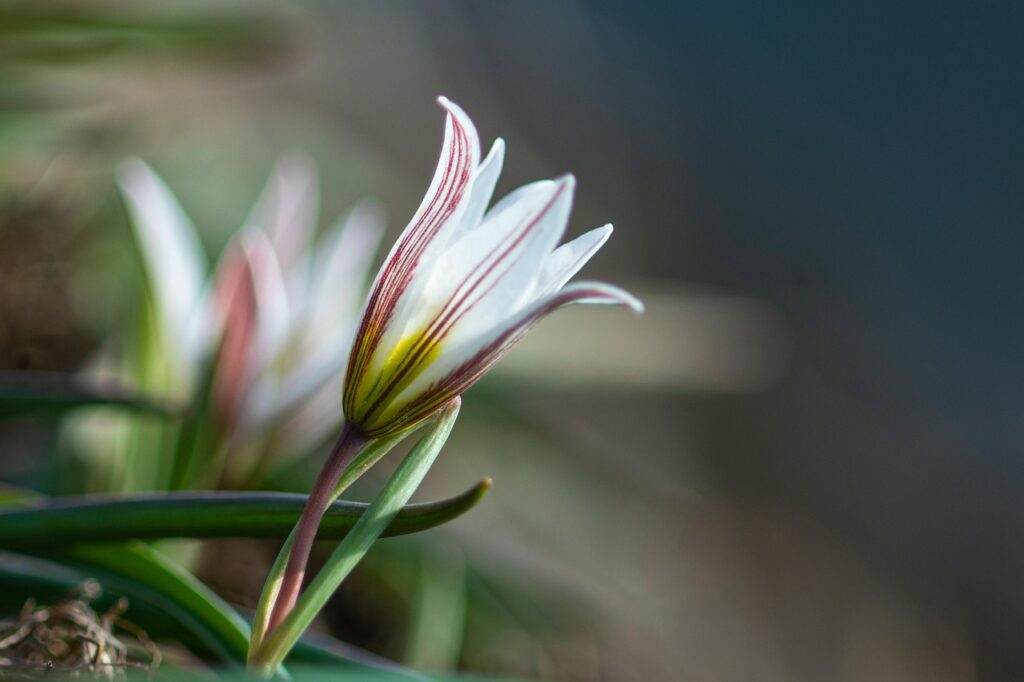
Although it has a delicate appearance, the Hiroha-no-Amana can be cultivated in gardens or pots when given the proper environment. Here are some tips:
Light
Best grown under deciduous trees or in partial shade. Avoid strong direct sunlight; bright but gentle spring light is ideal.
Watering
From autumn to spring, water when the soil surface becomes dry. During summer dormancy, reduce watering and avoid excessive moisture.
Soil
Prefers well-drained, humus-rich soil. A mix of akadama soil and leaf mold, or soil specifically for wildflowers, works well.
Fertilizer
A small amount of slow-release fertilizer in early spring before blooming is sufficient. Excess fertilization can damage the bulbs.
Care
Since it dislikes hot and humid summers, potted plants should be moved to a cool, shaded location. In gardens, ensure good air circulation for healthy growth.
Conclusion
The Hiroha-no-Amana is a rare wildflower native to Japan and China that heralds the coming of spring.
Its charming white petals streaked with purple quietly mark the change of seasons, offering a beauty in harmony with nature.
Although once little known, it has gained recognition in recent years in both taxonomy and horticulture, and it is now cherished as one of the flowers that brighten spring.
Its quiet bloom in shaded places leaves a deep impression on those who encounter it.

